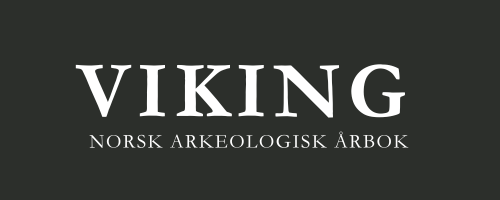The Symbolic Use of Whetstones and Their Role in Displaying Authority over Metallurgical Processes and Trade
DOI:
https://doi.org/10.5617/viking.9055Abstract
Whetstones of the Viking Age can have a conspicuous design, but not much is understood
about the specific use of more unusual specimens, or their place in rituals. This article proposes
a new interpretation of whetstones, based on novel studies of a well-known whetstone
from Lejre, and miniature pendants from Tissø. Our examination of the prominent whetstone
from the Lejre hoard with an x-ray fluorescence (XRF) scan, did not reveal any metal
traces, which suggests that it was unused. At Tissø, the find distribution of so-called stafflike
pendants – made of iron, bronze, or silver – links them to a metal-working area, and
since their morphology resembles full-scale whetstones we suggest that they may be symbolic,
miniature whetstones. Finally, we argue that the overarching meaning of the ritual use
of whetstones is more related to the authority over – and control of – metallurgical processes,
as well as the trade of metal goods, and only by proxy to the smith himself.
Downloads
Published
Issue
Section
License
Fra og med årgang 2016 er innhold i tidsskriftet Viking - dersom ikke annet er uttrykt - lisensiert gjennom Creative Commons Lisens BY-NC-ND-4.0. Dette betyr at innhold kan kopieres, distribueres og spres i hvilket som helst medium eller format, så lenge disse vilkårene er fulgt.



